in 2020? Real estate will always be a good investment. There are many benefits to investing in real estate. Below are some of the benefits.
Recurring Income
The majority of people invest in real estate for the steady flow of cash they earn in the form of rental income. This passive income is a huge incentive to get you started and buy your first rental property. If you do it properly, your rents should cover your expenses and provide additional monthly income. If you pick the correct property, you can have a steady flow of income. And, you don't have to stop at one property. You can parlay the income from each party and reinvest it in the purchase of a second or third property.
Tax Benefits
Taxes are another benefit of investing in real estate. The tax exemptions an investor gets from owning rental property can be a major reason why many choose to invest in real estate. For example, rental income is not subject to self-employment tax. In addition, the government offers tax breaks for property depreciation, insurance, maintenance repairs, travel expenses, legal fees, and property taxes. Real estate investors are also entitled to lower tax rates for their long term investments.
Real Estate Appreciation
Real estate investing is not a short term plan or a get rich quick scheme. But, this is really its strength. The benefits of investing in real estate is the appreciation of capital assets over time. In other words, your property’s value will be worth way more 30 years from now, hence why investors are in it for the long run. It should be noted, that there have been times when real estate didn't increase but these were more driven by poor decisions being made in the market which let to property being over priced.
Inflation Hedge
Another big advantage of investing in real estate is it is a hedge against inflation. With high inflation, your rental income and property value increase significantly. Real estate investors welcome inflation with open arms because as the cost of living goes up, so does their cash flow.With all of these advantages how does a beginner invest in real estate? There are many ways to start investing in real estate, even for someone without much money.
Rental Property
There are a few strategies you can use to get started in owning rental property.
One method is a technique called house hacking. It essentially means you’re occupying your investment property, either by renting out rooms or by renting out units in a multi-unit building. This method allows an investor buy a property with up to four units and still qualify for a residential loan.
Another method that is for someone that might be a little more seasoned but still wanting to get involved in rental property. This requires someone who has already purchased a home and is looking to move or up size. Instead of selling your current home and using that money for the new home, refinance the existing home, take out some equity and use that equity as down payment on the new home. Then rent out the first home for some amount that will cover the mortgage, insurance and property taxes. I did this about 3 years ago and it has worked out great. Another suggestion is to use a property management company. They will help you find a tenant and handle all the maintenance items for a small fee.
Real Estate Investment Trusts (REITs)
REITs allow you to invest in real estate without having to purchase the physical real estate. Often compared to mutual funds, they’re companies that own commercial real estate such as office buildings, retail spaces, apartments and hotels. REITs tend to pay high dividends, which makes them a common investment in retirement. Investors who don’t need or want the regular income can automatically reinvest those dividends to grow their investment further.
Are REITs a good investment? Yes but they can be complex. Some will trade on exchanges like stock and others are not publicly traded. REITs that aren't traded publicly can provide more risk because you typically can't sell your holdings but they can offer higher returns. New investors probably won't qualify to purchase the non-public trading REITs these types of REITs because they usually have minimum income or net worth requirements. New investors are better to stick with the publicly traded REITs, which can be purchased through a variety of brokerage firms.
Use an Online Real Estate Investment Platform
As mentioned in Putting Your Savings on Autopilot, there are platforms that allow investors to invest small amounts in stocks. Acorns is an example of on of those platforms. There are similar platforms for real estate.
An example is Fundrise. This is an excellent method that will allow you to begin investing in real estate for a very small investment. Their starter portfolio requires a $500 initial investment and you can grow it by reinvesting your dividends (this is recommended) and as talked about in Putting Your Savings on Autopilot, you can also set a monthly amount to automatically invest as little as $100.
This platform has performed well for me over the last 2 years. I have recorded a return greater than 8% and even during these tough times, I have had a 1.5% return so far in 2020.
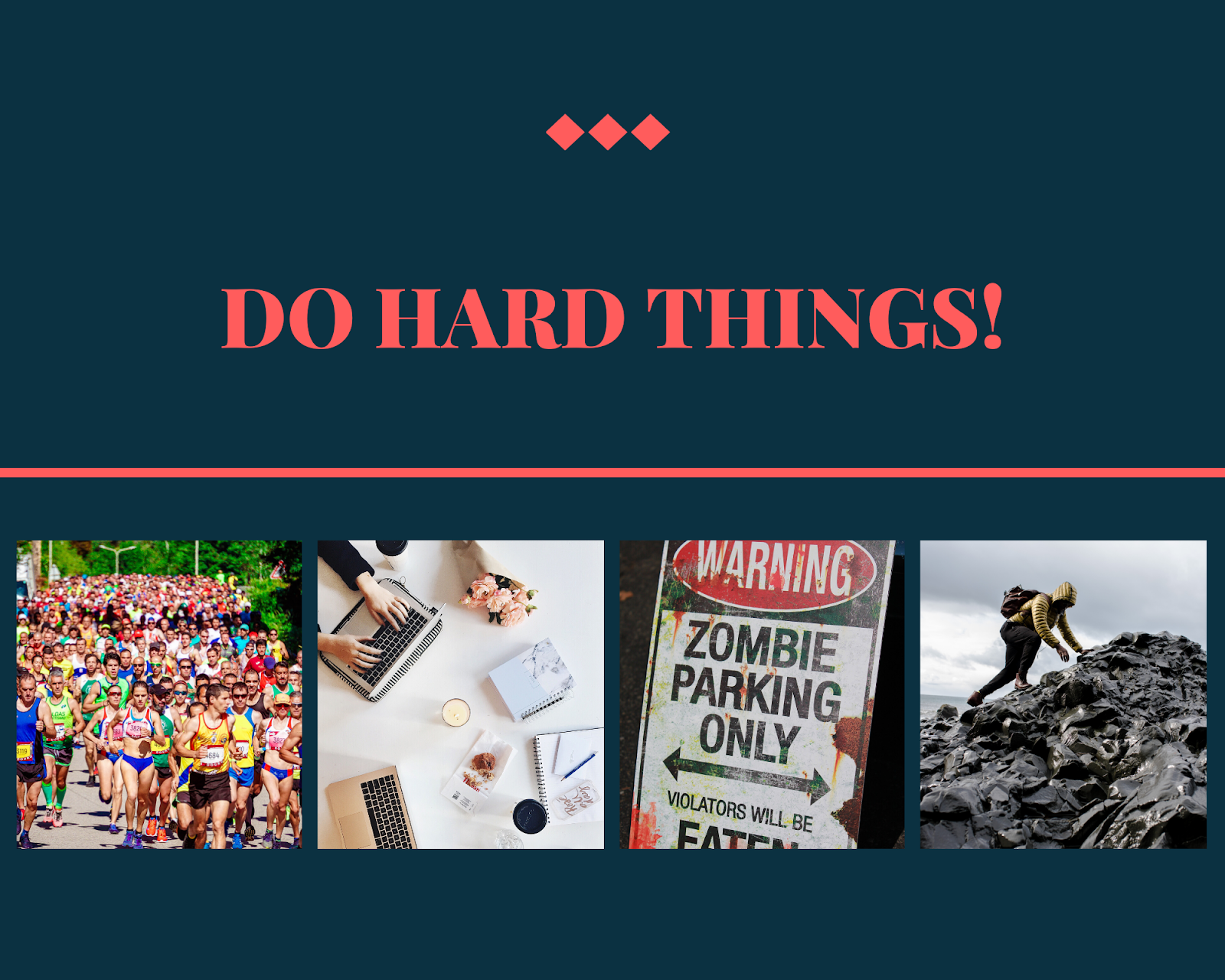


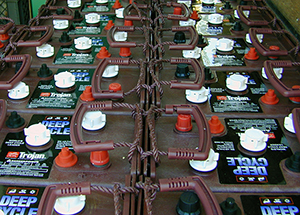 However, installing a renewable energy system, in most cases, requires you to make a considerable initial investment that you won’t get back for several years.
However, installing a renewable energy system, in most cases, requires you to make a considerable initial investment that you won’t get back for several years.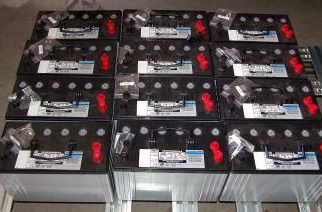 Many of the batteries that are used in renewable energy systems were originally designed for other purposes. The most prominent example of this is the lead-acid battery which has dominated the industry for a long time.
Many of the batteries that are used in renewable energy systems were originally designed for other purposes. The most prominent example of this is the lead-acid battery which has dominated the industry for a long time.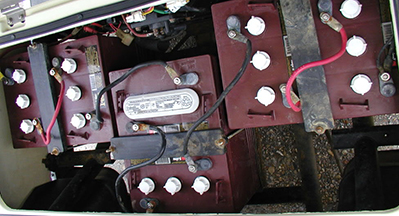 Golf cart batteries are the most widely manufactured batteries on this list.
Golf cart batteries are the most widely manufactured batteries on this list.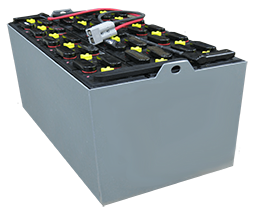 A battery bank that uses one or more industrial batteries follows the opposite philosophy of a golf cart battery bank. Instead of relying on multiple strings of smaller batteries, you use a few or even one battery to store all of your energy.
A battery bank that uses one or more industrial batteries follows the opposite philosophy of a golf cart battery bank. Instead of relying on multiple strings of smaller batteries, you use a few or even one battery to store all of your energy.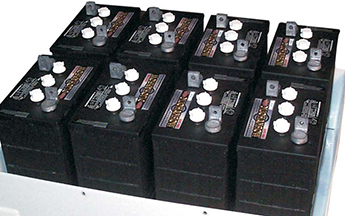 If you want batteries that have a little more capacity than golf cart batteries but don’t want to spend on industrial batteries, L16 batteries are good middle ground.
If you want batteries that have a little more capacity than golf cart batteries but don’t want to spend on industrial batteries, L16 batteries are good middle ground.